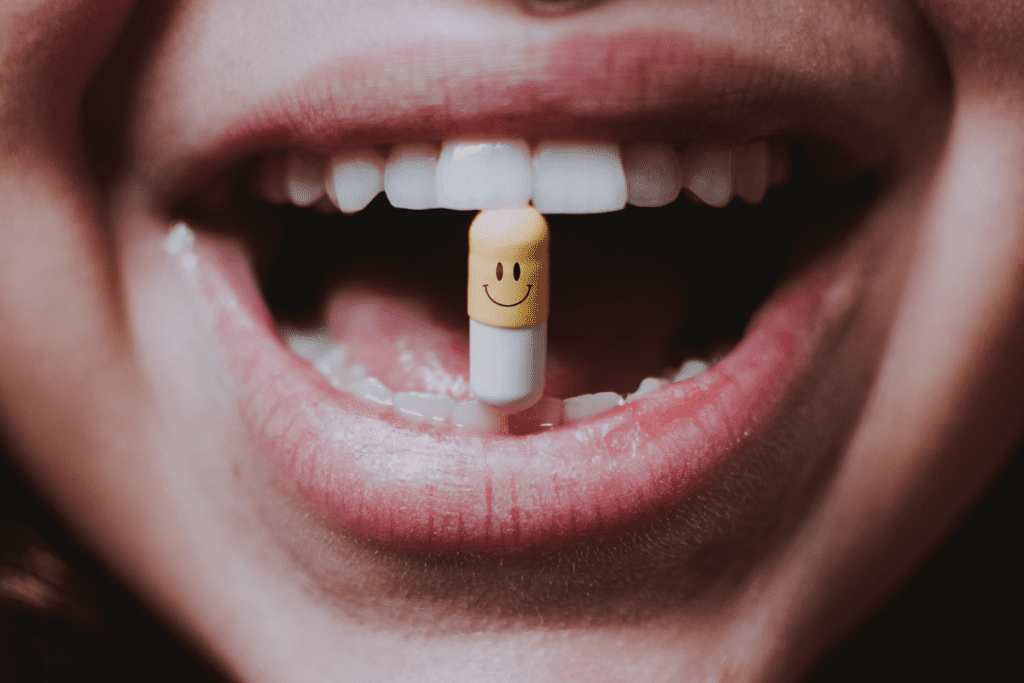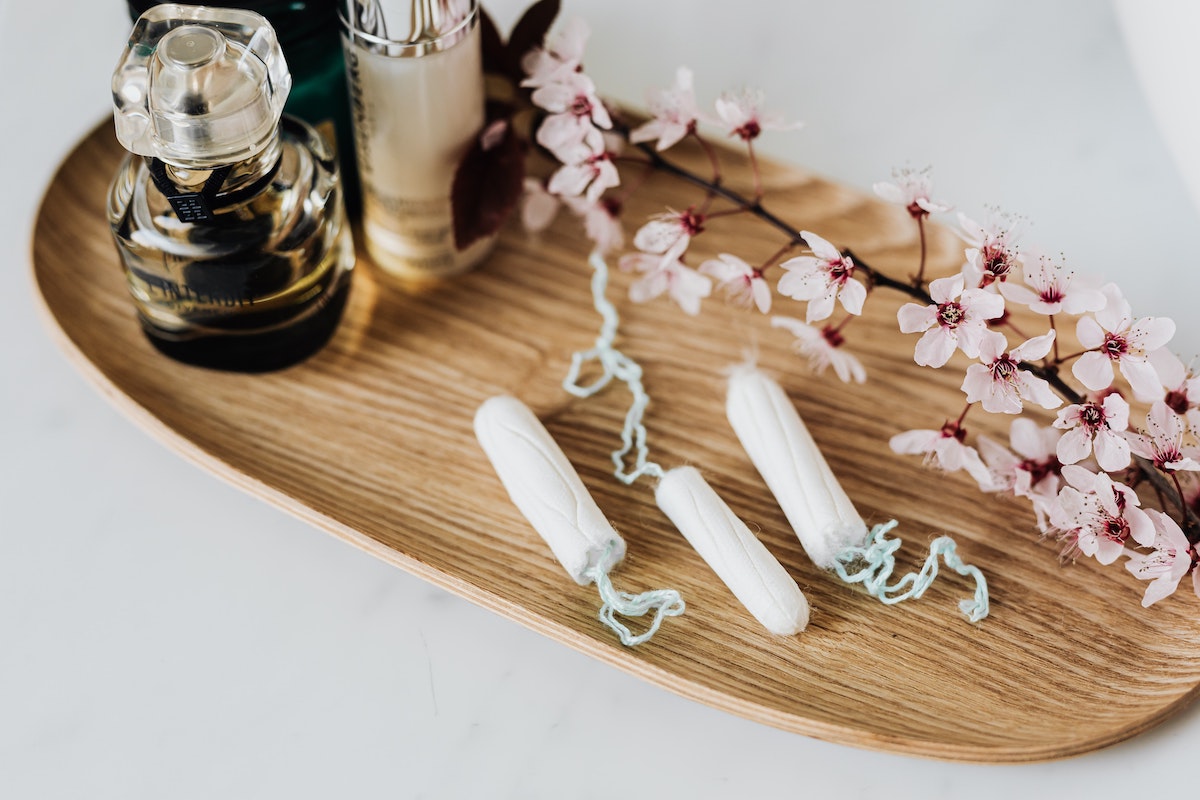What is Microdosing and Can You Microdose for Mental Health?
In recent years, mental health treatment has – thankfully – experienced a decrease in stigma. With that has come an impetus to explore new ways to manage mental health disorders. A new-ish curiosity that seems to have taken pop-culture by storm is microdosing hallucinogens, or substances that can induce hallucinations.

In 2018, Silicon Valley set out to complete the first study on the benefits of microdosing LSD. Additionally, in November 2020 Oregon was the first state to legalize psilocybin (magic mushrooms) making microdosing the substance both legal and easier to study. With these new laws and studies having come out, more people are exploring microdosing and its possible benefits. As a certified drug and alcohol counselor and licensed therapist, I am curious as well.
What is microdosing?
Microdosing is defined as taking a significantly small dose of a (commonly) hallucinogenic drug to experience mental health benefits. A microdose has a low enough concentration of the substance that hallucinations or tripping should not happen. Someone microdosing should not experience intoxication or altered consciousness.
Generally speaking, a microdose is less than one percent of an active dose of a substance. However, this amount varies per person. Additionally, there are “dosing days” and “rest days” which means that those who microdose are not taking their substance daily. Depending on the substance, a person may take two or more days between doses to rest and avoid substance abuse. Typical substances that people microdose include, but are not limited to: LSD, ketamine, MDMA, cannabis, psilocybin, Ritalin, and nicotine.
Uses for microdosing
There are numerous reasons for why a person may explore microdosing. This exploration often begins if someone has experienced significant mental health challenges with little abatement following more traditional routes of treatment like antidepressants and talk therapy. Here, Buzzfeed’s Lara Parker explores her reasons for engaging in ketamine treatment after having little success treating her depression, anxiety, and PTSD. In a study completed by Harm Reduction Journal, these benefits of microdosing were identified:
- Improved overall mental health – 44 percent of people studied reported improvement in their overall mental health. 21 percent of respondents stated that they used microdosing for depression while 7 percent stated they used it for anxiety.
- Increased concentration and mindfulness – Respondents stated that they felt less distracted and were able to utilize more of their brain to problem solve.
- Creativity – Anecdotes from respondents indicated that they felt more able to engage with their creative mind. While there was not quantifiable data to support this notion, researchers believe it is likely the improvement in overall mental health that supported microdosers to be creative.
- Improved self-efficacy – Anecdotal claims report that those who microdose report that they are more productive and ambitious when microdosing. Additionally, other anecdotes from microdosers state that after dosing they were able to quit other harmful habits like alcohol abuse.
Of course, with all benefits of medication, there are also potential negative side effects. The study completed by Harm Reduction Journal reported that some respondents reported side effects. These included: reduced focus and energy, increased anxiety, poor mood, and uncomfortable mood. I realize that many of these negative side effects are in opposition to reported positive side effects. However, this is likely because all bodies respond to substances in their own way.
How to access substances to microdose
While many studies are in the works, actually accessing safe substances to use can be a challenge. Depending on where you live, some or all commonly microdosed substances are criminalized as Schedule I drugs. This means that selling, consuming, and purchasing that substance is illegal and that users risk addiction. That said, some states have legalized certain substances, like ketamine and cannabis, making microdosing more accessible.
I was unable to find a database that lists prescribers who prescribe hallucinogens. However, if you search your state and ketamine treatment or medical cannabis, you may be able to find this information. Access by country and state varies, so if microdosing under physician supervision is important to you, I recommend engaging in your own research. If these substances are illegal where you live, I encourage you to research safe practices such as the Fadiman Protocol and Stamets Stack.
Microdosing safety considerations
As with all substance use, there are certain safety considerations to be mindful of if you choose to microdose:
- Federally, most substances that are used for microdosing are illegal. This means that if you choose to use them, it is important to be mindful of legal consequences. Additionally, this means that there is no FDA approval for mental health treatment for these substances.
- Always test your substances for trace amounts of other harmful substances. The deadly substance fentanyl has frequently found in commonly microdosed substances like MDMA and LSD. Depending on your location, you may be able to find testing strips to ensure that what you are taking is safe.
- Every person reacts to substances differently. If you have not used a substance before, it may be important to have a trusted person with you in the event that you experience a negative reaction.












